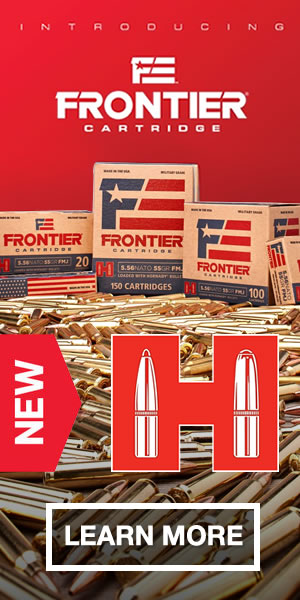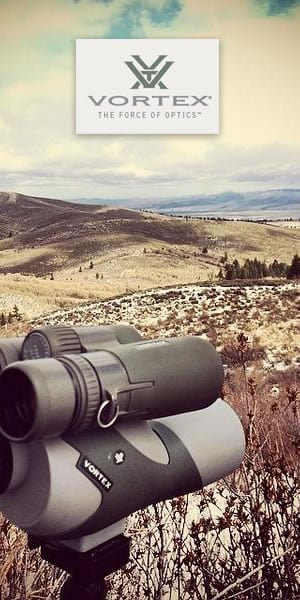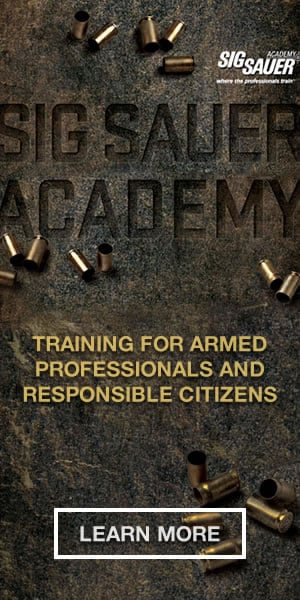I was perusing the Vance Outdoors webpage the today and came across a number of Buck Knives available for purchase. Many of the knives followed current technology and styling trends, and are very fine and sometimes innovative knives. But one Buck knife really caught my attention-the original 110 Folding Hunter lockback.
Now don't get me wrong. I love the current crop of "tactical/utility" one-hand-opening folding knives. These new designs are great with much use made of lightweight, low maintenance materials. I carry one with me for everyday use, or while on duty as a law enforcement officer. But seeing the 110 Folding Hunter got me to thinking about this still available and still useful knife that gave birth to every other folding/locking, tactical/utility knife currently on the market.
If you aren't familiar with the storied Buck Knives brand, let me catch you up a bit, because they have been around a LONG time.
According to the Buck website, Hoyt Buck was an apprentice blacksmith who was seeking a way to better temper steel so it would hold an edge longer. In 1902 he made the first Buck knife. These early blades were all made by hand from worn out file blades as the raw material and were well appreciated in military circles through World War II. After the war his sons got involved in the company and they formed H.H. Buck and Sons. The company was incorporated in 1961, and in 1964 the 110 Folding Hunter lockback knife was introduced for hunters and outdoorsmen who wanted a knife with fixed blade capabilities and sturdiness, but in a more conveniently carried package. The Folding Hunter was a hit, and still is some 53 years later. The Buck company is still in family hands 115 years after Hoyt Buck fashioned his first blade, which is a remarkable feat in and of itself.
The reason the 110 Folding Hunter caught my eye, is that 45 years ago this year, I purchased my first Buck Knife, a folding Ranger lockback, which I still have to this day.
I purchased my Ranger at Dallas Huddles Firearms Sales which was located in downtown Granville, Ohio. It is hard to imagine that a gun store was permitted in this college town even then, but it was. It was located over what is now the Donato's restaurant.
The reason I purchased the Ranger knife was due to some policy changes made by the Boy Scouts of America. Up until that time, we could carry sheath knives on hikes and campouts, and most of us did. Then, out of an emerging trend for safety mania, we were banned from carrying them because one of us might fall with a sheath knife on and stab themselves. Right-happened all the time. But the safety nannies won out, and Scouts flocked to Buck Hunters and Rangers.
As it turns out, the Ranger was an excellent choice. It is still available from Buck, and has an interesting history. The Hunter was a popular knife in the U.S. Navy aboard ship. One time, some sailors got into a fight and one was stabbed. Rather than ban knives totally-which is what would happen today-the ship's captain put a limit on blade length. The Hunter had a 3 3/4 inch blade was obviously too long. The Ranger's blade length was reduced to 3 inches, which is about ideal for the majority of tasks one would legitimately use it for.
My original Ranger is equipped with black Micarta grips, and solid brass bolsters. I liked the look of the black grips over the wood ones found on the Hunter, plus it balanced just right for me at age 15. The Hunter and Ranger both feature a gentle curved grip that melts securely into the hand without finger grooves or highly textured grip materials. The Ranger's blade was and is made from Buck's renowned 420 HC stainless steel, which combines superior corrosion existence with the legendary Buck ability to hold an edge. At that time the Hunter and Ranger had no nail nick to assist in opening the blade. This was never a problem because the blade sits far enough above the grip to easily grasp and pull open. The solid brass bolsters of these folding Buck knives then, as well as now, are the hallmark of these knives, making them instantly recognizable. They do require some polish from time to time, but if these knives are carried in a pocket rather than in the leather pouch, the brass will tend to stay bright.
The Ranger and the Hunter are, as I mentioned, lockback knives. That is, the blade locks in a straight line with the release button found at the top rear of the knife. I think a true lockback blade is stronger than the "liner lock" style found on most folders these days, and easier to manipulate. Because of the Buck release position, and the amount of pressure it takes to unlock the blade, there is almost zero possibility of accidentally releasing a locked blade. Both the Ranger and Hunter blades now have nail nicks.
Today's 110 Hunter and 112 Ranger feature Dymondwood grips, which is a veneer wood material known for its hardness and colorful appearance. Micarta grips are no longer available. You can now choose from a fingergroove grip or the original plain grip. Trust me, after owning my Buck Ranger for 45 years, I can assure you that the original grip shape is more than sufficient for cutting chores. But if you must have finger grooves, they are now available.
Neither the Hunter nor the Ranger are "one hand opening". There is no spring assist system. The knife was developed and produced as an outdoorsman tool, not as a combat weapon, although unfortunately many a barfight in the 1970's, 80's and beyond was settled with a folding Buck knife. They were as popular with outlaw bikers as they were with law enforcement. My Ranger graduated from a Boy Scout tool to a law enforcement tool on my gunbelt once I entered the police profession. There were a number of devices and carry methods developed to facilitate one hand opening of a Buck knife during the 80's and 90's, but these gadgets have fallen by the wayside with the development of true one hand opening folding knives.
The Buck 110 Hunter (and Ranger) are made in the USA. They can be ordered factory engraved for special presentation. Price from the factory is $82, with an additional $7 for engraving. If you purchase the Hunter from Vance Outdoors, the price is only $51.99.
If you want the original working folding knife, one that can be proudly passed down to the next generation-and one that doesn't have the "totally tactical" look-then the folding Hunter is for you. And if the original Hunter or Ranger doesn't suit you, there are a myriad of other folders and fixed blades available from Buck.


